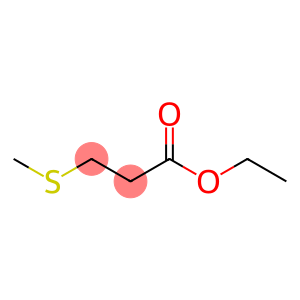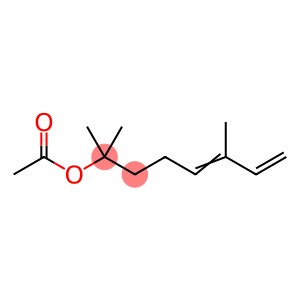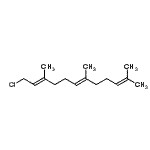Acrylonitrile(CAS#107-13-1)
| Risk Codes | R45 – May cause cancer R11 – Highly Flammable R23/24/25 – Toxic by inhalation, in contact with skin and if swallowed. R37/38 – Irritating to respiratory system and skin. R41 – Risk of serious damage to eyes R43 – May cause sensitization by skin contact R51/53 – Toxic to aquatic organisms, may cause long-term adverse effects in the aquatic environment. R39/23/24/25 - R62 – Possible risk of impaired fertility R63 – Possible risk of harm to the unborn child |
| Safety Description | S53 – Avoid exposure – obtain special instructions before use. S9 – Keep container in a well-ventilated place. S16 – Keep away from sources of ignition. S45 – In case of accident or if you feel unwell, seek medical advice immediately (show the label whenever possible.) S61 – Avoid release to the environment. Refer to special instructions / safety data sheets. S36/37 – Wear suitable protective clothing and gloves. |
| UN IDs | UN 1093 3/PG 1 |
| WGK Germany | 3 |
| RTECS | AT5250000 |
| FLUKA BRAND F CODES | 8 |
| TSCA | Yes |
| HS Code | 29261000 |
| Hazard Class | 3 |
| Packing Group | I |
| Toxicity | LD50 orally in rats: 0.093 g/kg (Smyth, Carpenter) |
Introduction
Acrylontril is a colorless liquid with a pungent odor. It has a lower boiling point and a higher flash point, easy to volatilize. Acrylontril is insoluble in water at normal temperature, but soluble in many organic solvents.
acrylontrile has a wide range of applications. First, it is an important raw material for the synthesis of synthetic fibers, as well as for the manufacture of rubber, plastics and coatings. Secondly, acrylontrile can also be used in the manufacture of smoke-flavored roasted fuels, fuel additives, hair care products, dyes and pharmaceutical intermediates. In addition, acrylontril can also be used as a solvent, extractant and catalyst for polymerization reactions.
acrylontril can be prepared by a chemical reaction called cyanidation. This process is usually carried out by reacting propylene with sodium cyanide in the presence of distilled ammonia to produce acrylontril.
You need to pay attention to its safety when using acrylontril. The acrylnitril is highly flammable, so it is necessary to avoid exposure to open flames and high temperatures. Due to its highly toxic nature, operators should wear protective equipment such as goggles and gloves. Exposure to acrylontril for long periods or in high concentrations can cause health problems such as skin irritation, eye pain, and difficulty breathing. Therefore, it is necessary to ensure good ventilation when using, and pay attention to follow the correct operating procedures and safe operating guidelines. If contact or inhalation of acrylitril causes discomfort, seek medical attention immediately.








